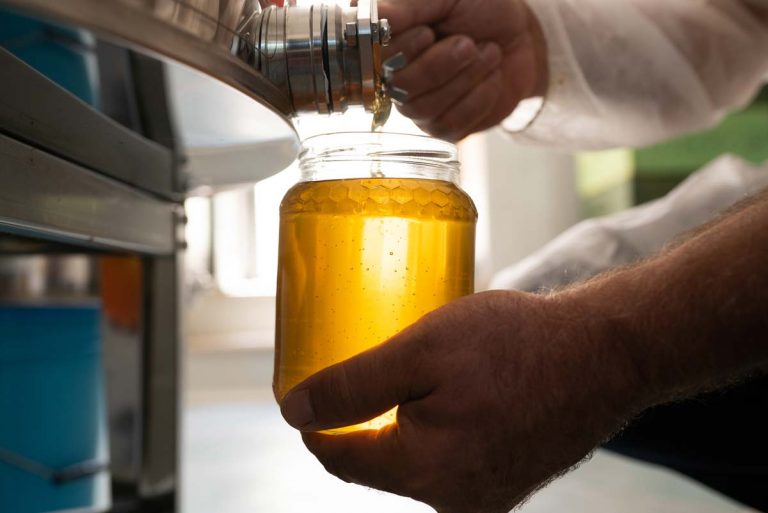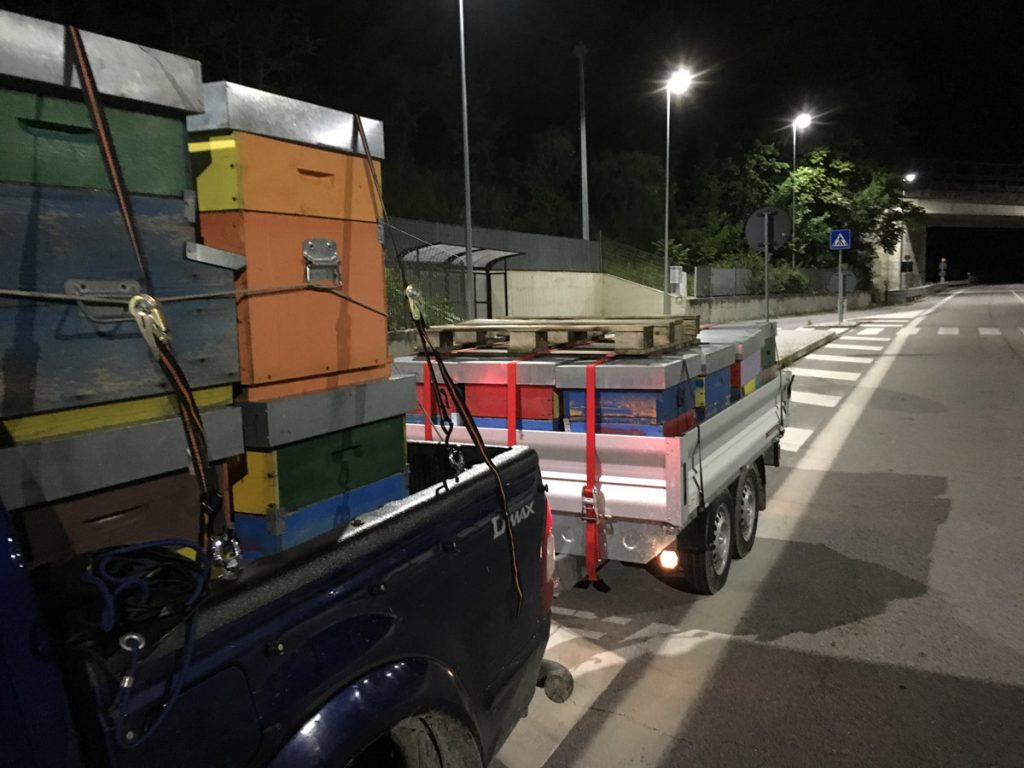
The bee hives are loaded onto vehicles and transported to flower fields at night
After having Inspected the flower fields
Photo: Field inspection of sunflowers and honeysuckle
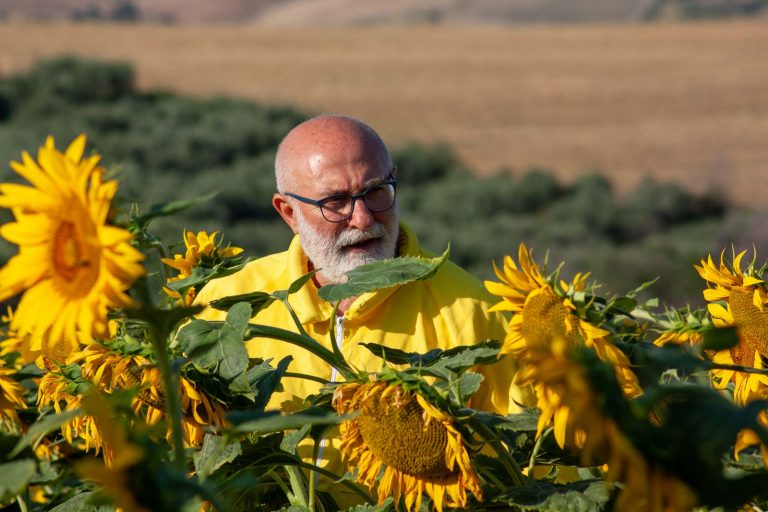
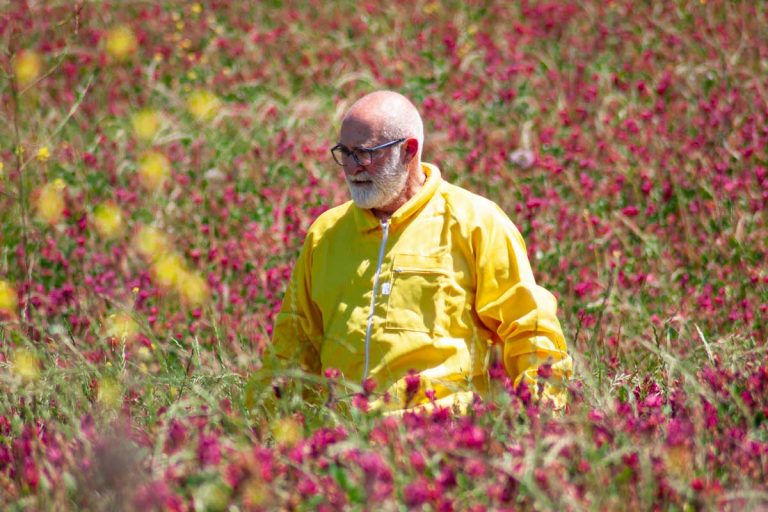
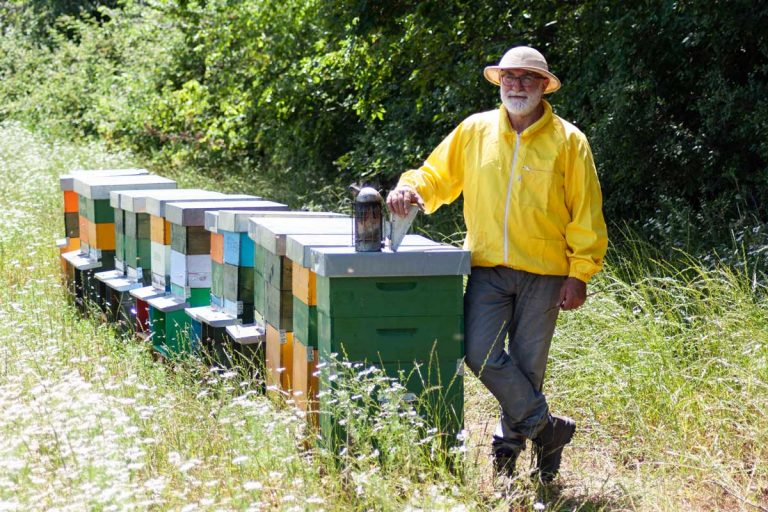
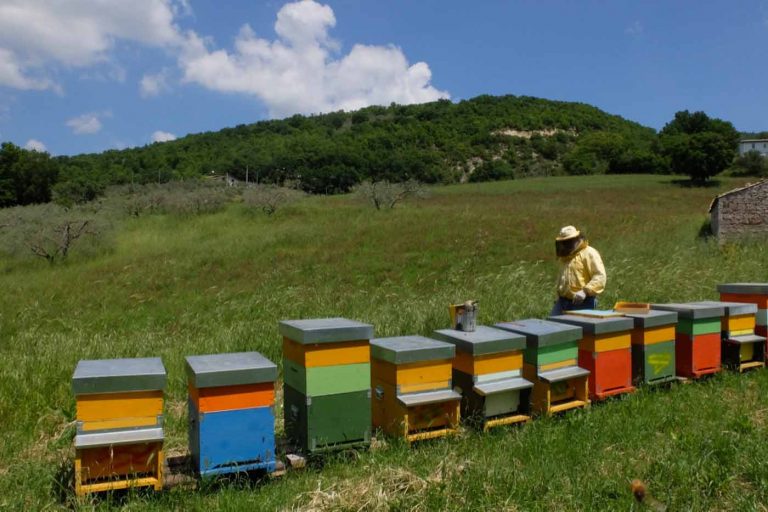
The hives are placed directly on the flower fields...
Photo: beehives in the fields
The bees can then begin their work
Photo: acacia, honeysuckle and sunflowers
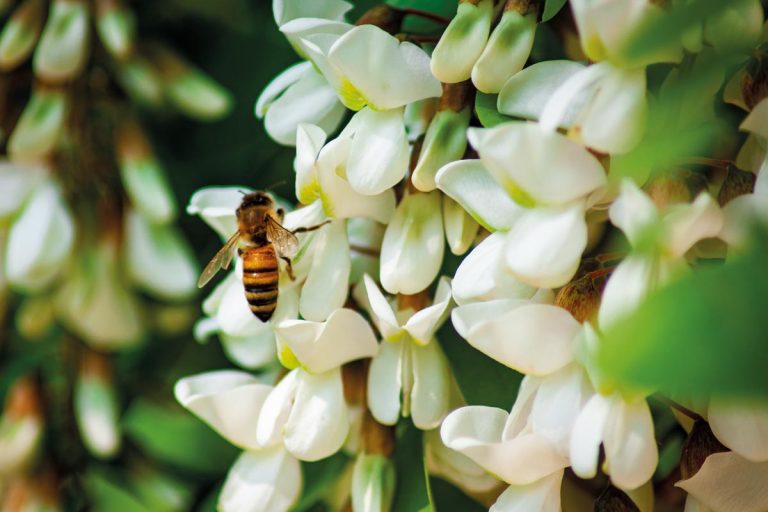
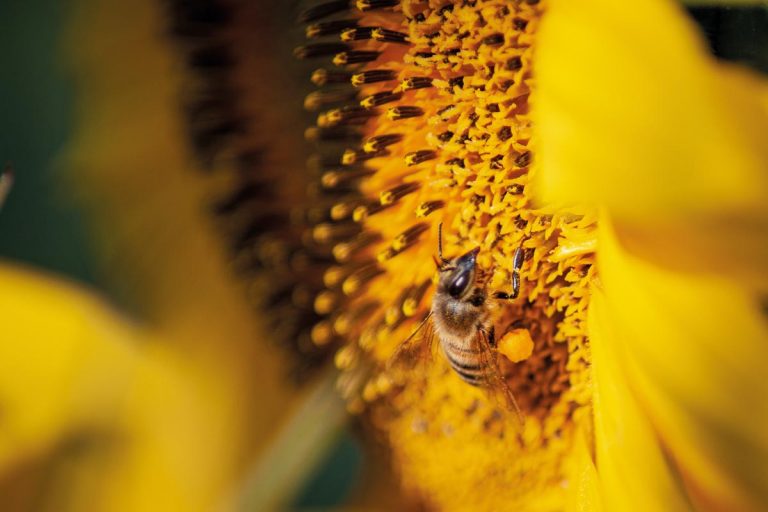
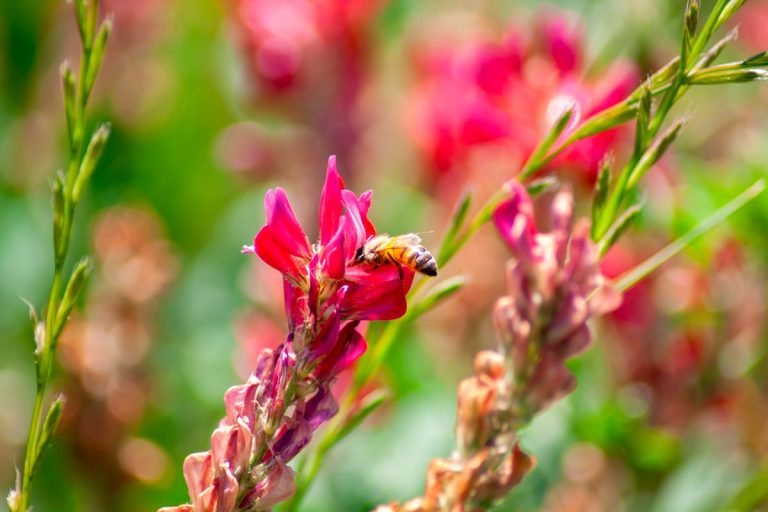
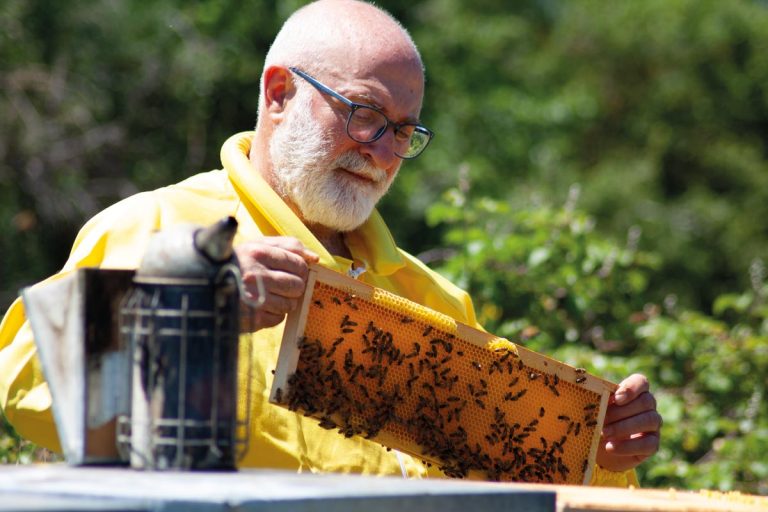
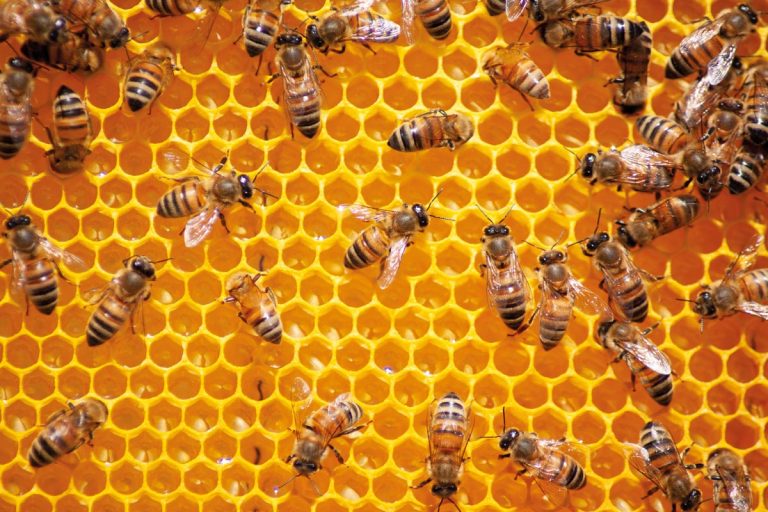
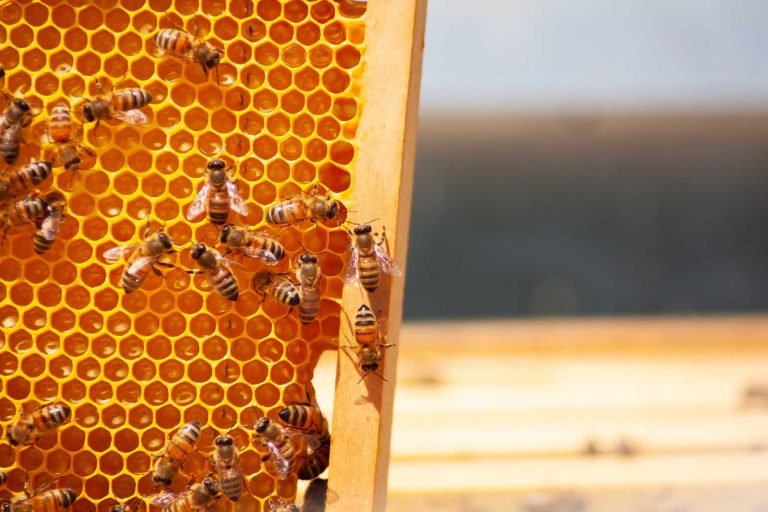
When the frames of supers (which is where the honey is stored) are full of honey they are removed and taken to the laboratory.
Photo: super where the honey is stored by bees.
Before extracting honey the aid of a refractometer is used which is a tool to measure the humidity of the honey. Honey contains part water which many people are not aware of and if this is excessive it may be necessary to dehumidify the honey, otherwise it could create problems with the fermentation process.
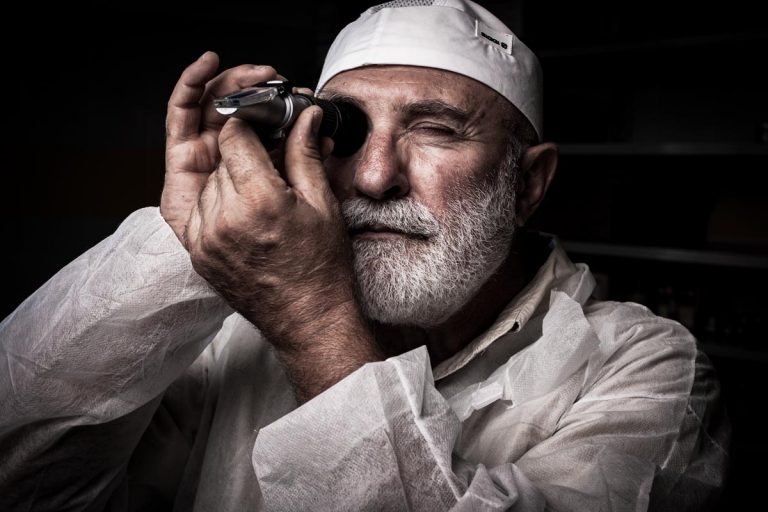
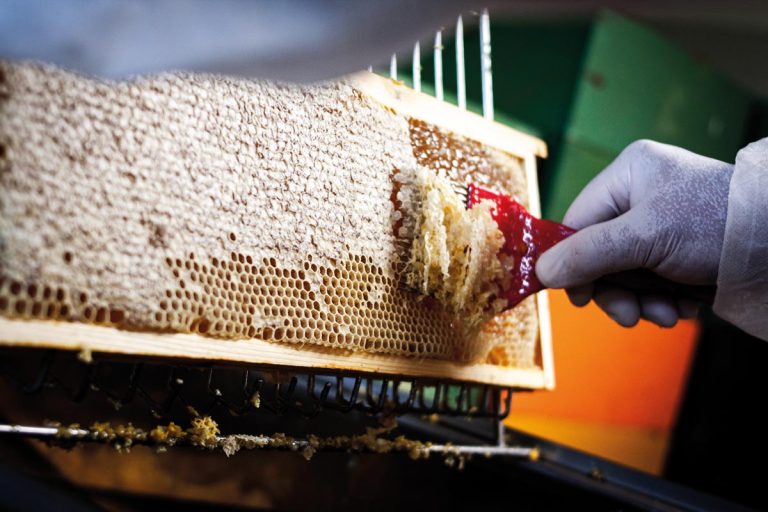
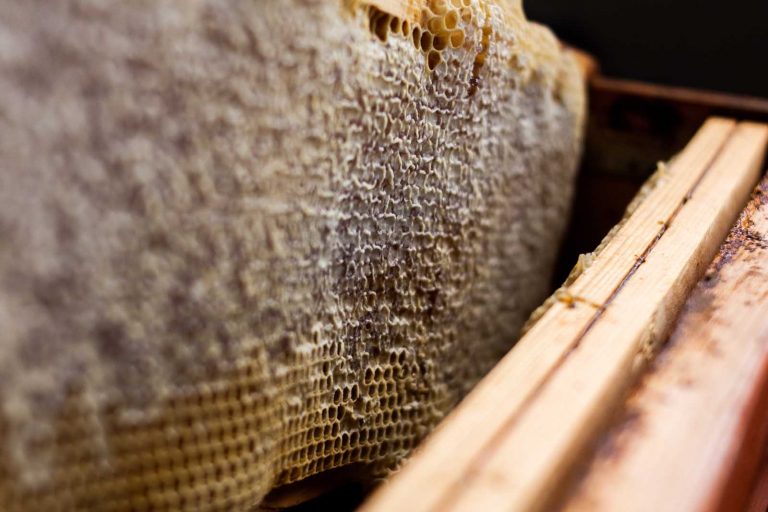
Uncapping means to remove a very thin layer of wax with an operculum where bees previously deposited honey, closing each cell.
Photo: uncapping
Once the thin layer of wax has been removed, each frame is placed in a honey extractor which by rotating at a certain speed, allows the honey to come out of the cells by cold centrifugal force, to maintain and preserve all of the original characteristics of the honey, which is unaltered and retains its quality, freshness and authenticity...
Photo: Honey extractor frames
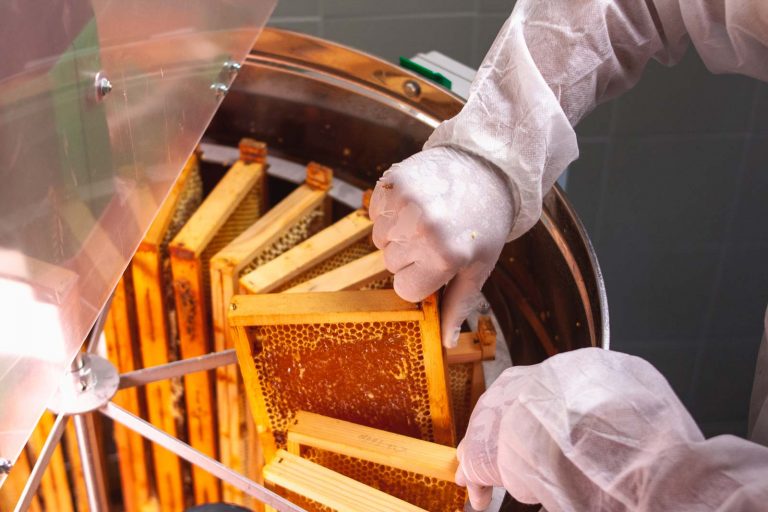
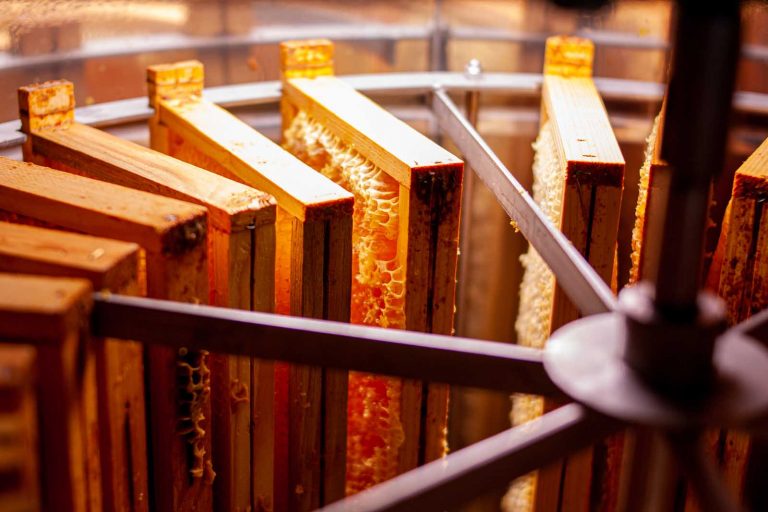
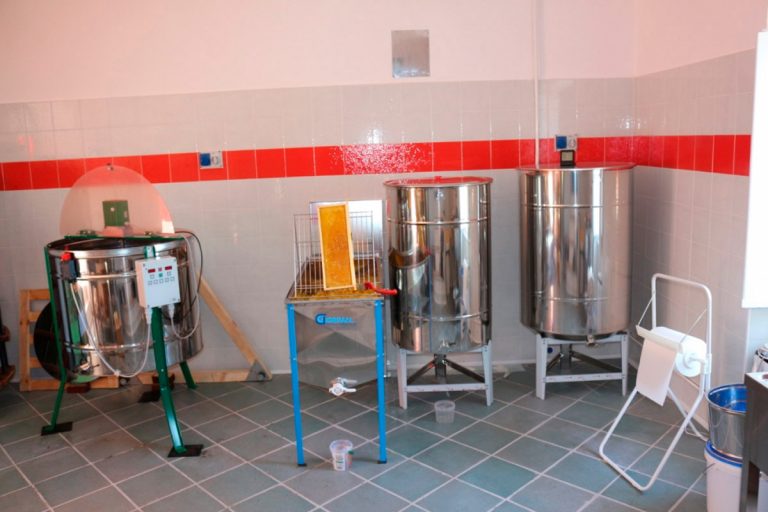
The next process is to filter the honey which is left to mature in special steel food containers. This is the end of this beautiful journey. Have you noticed how much work there is in each drop of honey, the work of bees and beekeeper is wonderful work that I share with you to allow you to realise that our honeys are completely natural honeys.
My most valued monofloral and wildflower honey is of excellent quality ready to be purchased by those who want natural honey produced by Beekeeper Nazario Fania. Support a small beekeeper and his bees who protect the environment and biodiversity by buying my natural honey.
